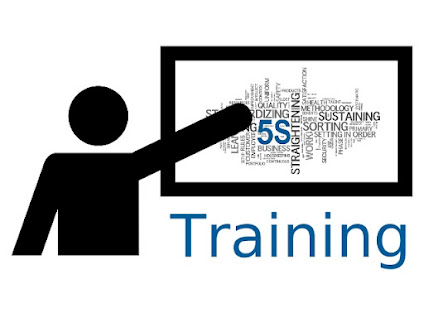How Kaizen Training Works: Practical Steps for Lasting Change?
Kaizen training is a continuous
improvement methodology that originated in Japan and has since been adopted by
many organizations around the world. It focuses on making small, incremental changes
to processes, systems, and behaviors to achieve lasting improvements. The word
"kaizen" itself means "change for the better" and that is
exactly what this training aims to do - to bring about positive and sustainable
change in all aspects of an organization.
So, how does kaizen training work? Let's take a closer look at the practical steps
involved in this training and how it can lead to lasting change.
Step 1:
Identifying Areas for Improvement
The first step in kaizen training is
to identify areas within the organization that need improvement. This could be
in the form of inefficient processes, low productivity, or even employee
behaviors that are hindering progress. A thorough analysis of the current state
of the organization is conducted to pinpoint the areas that require attention.
Step 2:
Setting Goals and Objectives
Once the areas for improvement have
been identified, the next step is to set goals and objectives. These should be
specific, measurable, achievable, relevant, and time-bound (SMART). This helps
to provide a clear direction for the training and ensures that the efforts are
focused on achieving tangible results.
Also Read: Measurement System Analysis
Training
Step 3:
Training and Education
The next step is to provide training
and education to employees on the kaizen methodology and its principles. This
includes teaching them about the importance of continuous improvement, problem-solving
techniques, and how to implement changes in a systematic and sustainable
manner. Employees are also encouraged to participate in the training and share
their ideas for improvement.
Step 4:
Implementing Changes
With the training and education in
place, the next step is to start implementing changes. This is done in small,
incremental steps to avoid overwhelming employees and to ensure that the
changes are manageable. The changes are also closely monitored to assess their
effectiveness and make any necessary adjustments.
Step 5:
Review and Continuous Improvement
Kaizen training emphasizes the importance of continuous improvement,
and this is reflected in the final step of the process. Regular reviews are
conducted to assess the impact of the changes and identify any further areas
for improvement. This creates a cycle of continuous improvement, where changes
are constantly being made to achieve better results.




Comments
Post a Comment